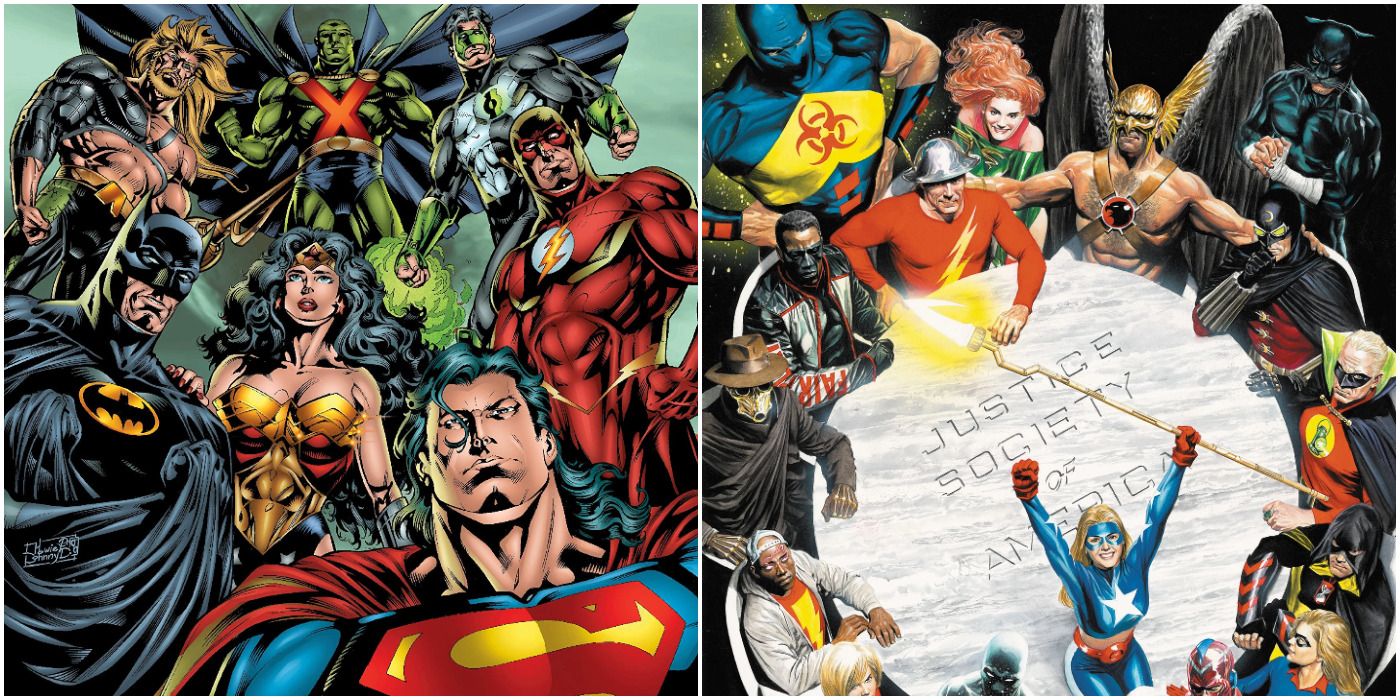
If there's one thing better than a superhero, it's a bunch of superheroes. That's the glory of the superhero team; they team up the best heroes into one cohesive unit. It's a recipe for entertainment, as bringing together disparate heroes has not only been a great source of action-packed stories but also introduced camaraderie and drama into the mix that readers don't always get from single superhero books.
Beyond the superhero team, there are also the villain teams that challenge them as well, both an indelible part of comic history. At Marvel and DC, these groups have played a huge role in influencing the course of superhero comics.
10 The Crime Syndicate Of America Was The First Evil Doppelganger Team
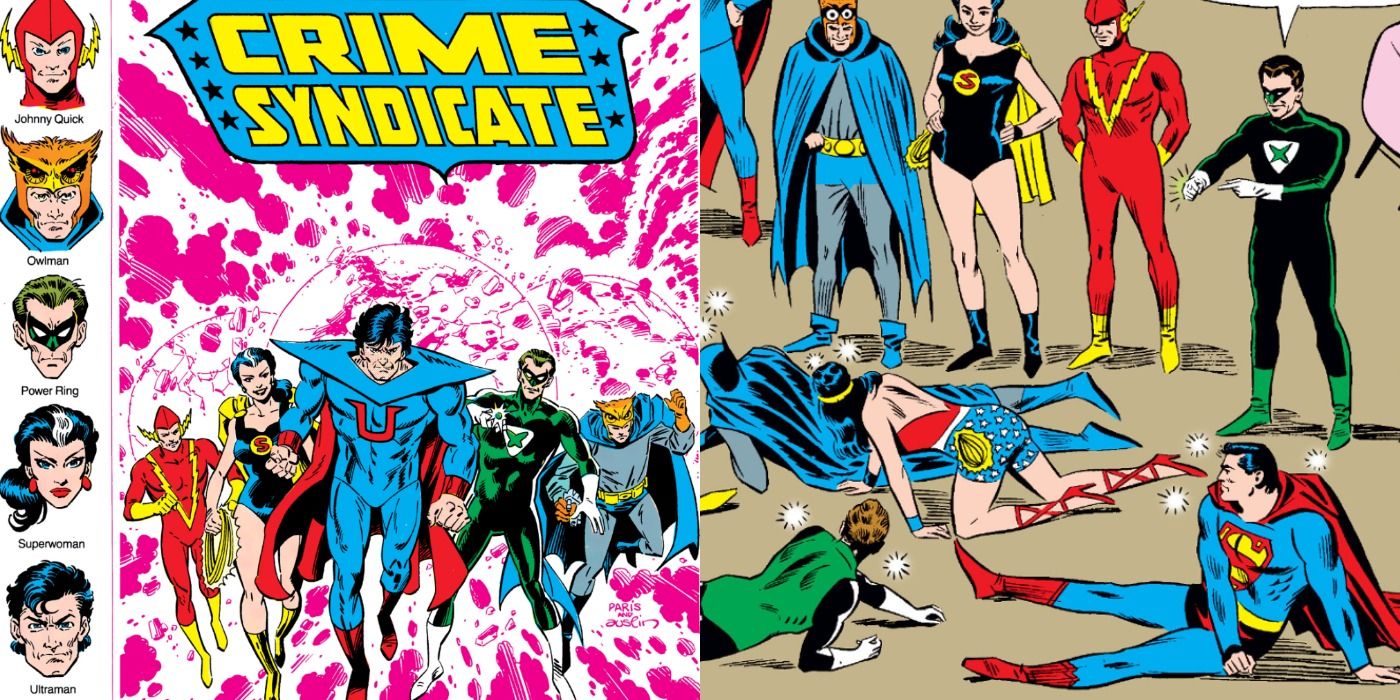
Introduced in Justice League Of America (Vol.1) #29, the Crime Syndicate of America hailed from Earth-Three, the world where evil won. Ultraman, the Owl, Superwoman, Johnny Quick, and Power Ring were the Justice League of their Earth. They were as powerful as their Earth-One counterparts and a grave threat for the League whenever they showed up.
The Crime Syndicate represents the first time that an evil doppelganger team appeared in comics, but it wouldn't be the last. The Syndicate would return in multiple guises, and teams from Marvel and DC would end up facing evil multiversal versions of themselves in the years that followed.
9 The Injustice Society Of The World Was The First Big Supervillain Team
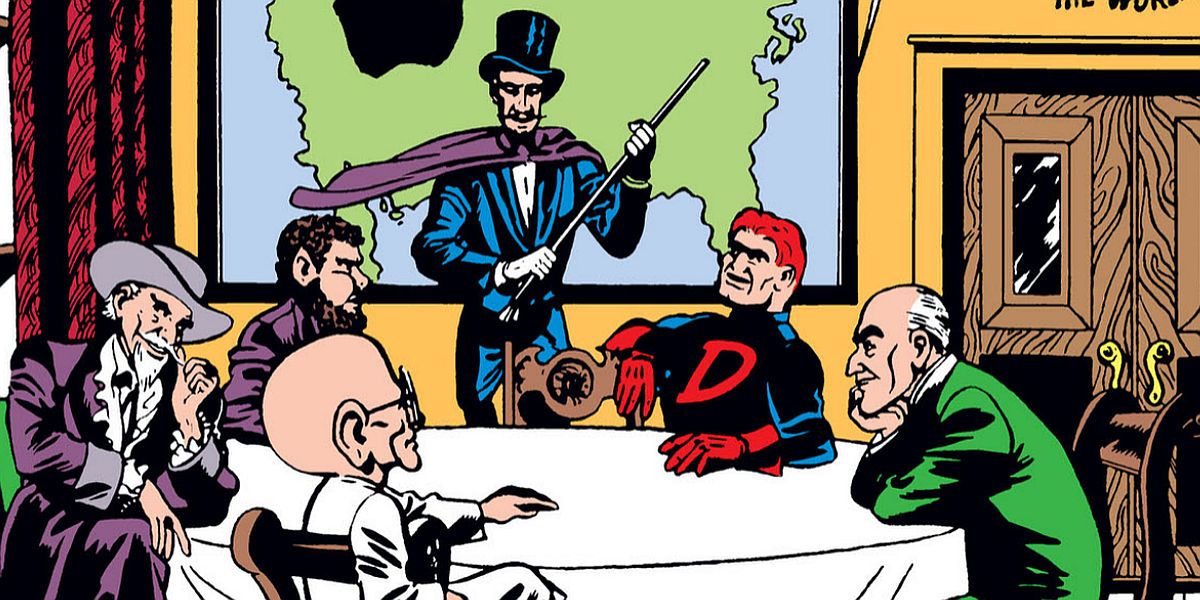
Superhero teams need people to fight, which can be difficult when a group consists of the most powerful superheroes around. The first big supervillain team, and one that would be the most influential in the years to come, was the Injustice Society of The World. Originally consisting of the Justice Society's greatest foes — the Wizard, the Gambler, Per Degaton, Brain Wave, and Vandal Savage — they started a trend.
In the years to come, supervillain teams like the Frightful Four, Injustice League, Masters of Evil, and the Brotherhood of Evil Mutants sprang up. All of these teams followed in the Injustice Society's lead, and the team itself would return in new guises to battle their heroic foes over the years as well.
8 The New Mutants Was The First Of Many Secondary Mutant Teams
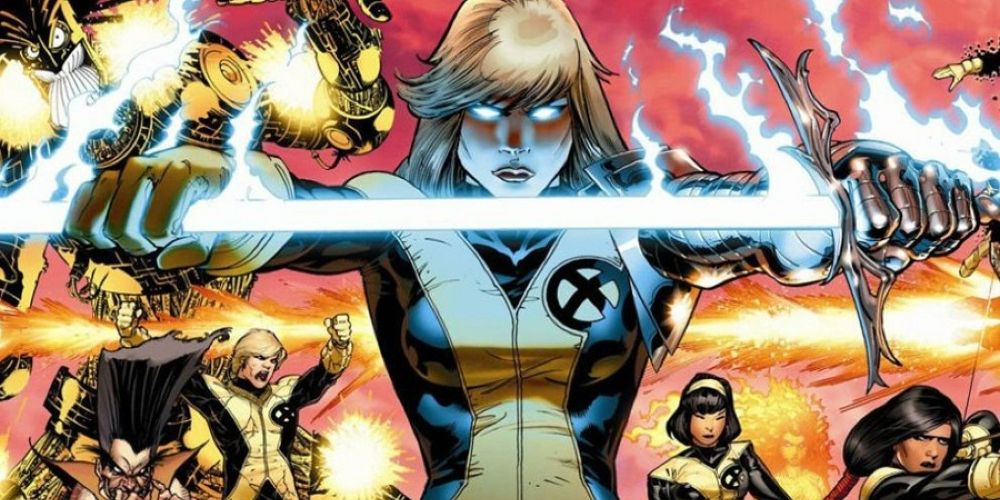
The X-Men's rise to popularity in the late '70s to early '80s was meteoric, and fans couldn't get enough of the mutants. This spurred Marvel on to publish The New Mutants, a graphic novel introducing a new team of teenage mutants learning to use their powers from Charles Xavier. Cannonball, Sunspot, Wolfsbane, Mirage, and Karma struck a chord, and the rest is history.
The New Mutants' popularity eventually led to X-Factor, Excalibur, and the myriad of mutant teams that came next. The group itself would morph into X-Force before the original team came back together. They were also Marvel's premiere team of teenage superheroes, leading to many others in the future.
7 The Teen Titans Were The Biggest Sidekick Team Ever
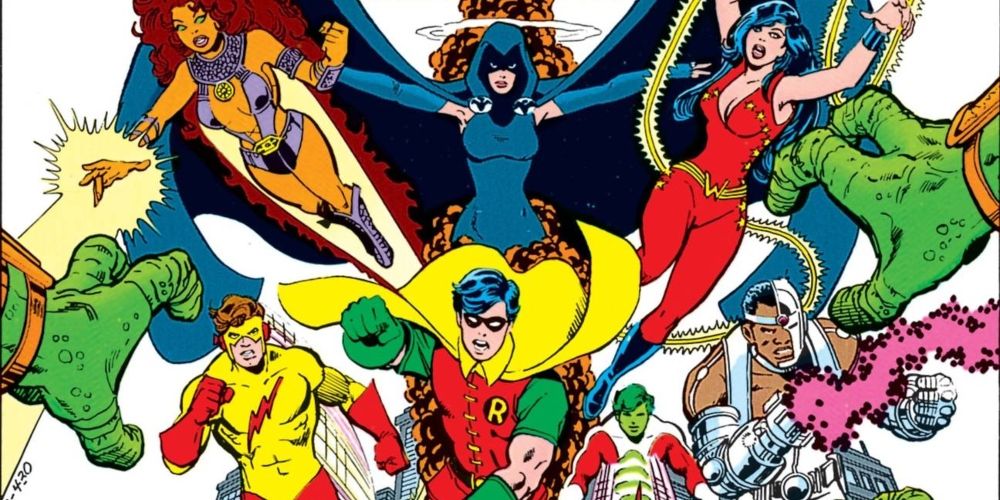
The teenage superteam, usually comprised of sidekicks, was created in the Golden Age. Still, they never had their own comic, usually only getting a back-up story in a larger book. It wasn't until the Silver Age debut of the Teen Titans that a team of sidekicks would get their own book. Combining heroes like Robin, Kid Flash, Wonder Girl, Speedy, Aqualad, and more, the Teen Titans birthed a legend.
It would become DC's most important teen team and one of the best-selling teams in the '80s. They've gone onto greater multimedia success than any other teen team and have carved out an undeniable niche for themselves and other such teams.
6 The Legion Of Superheroes Was The First Big Teen Superteam
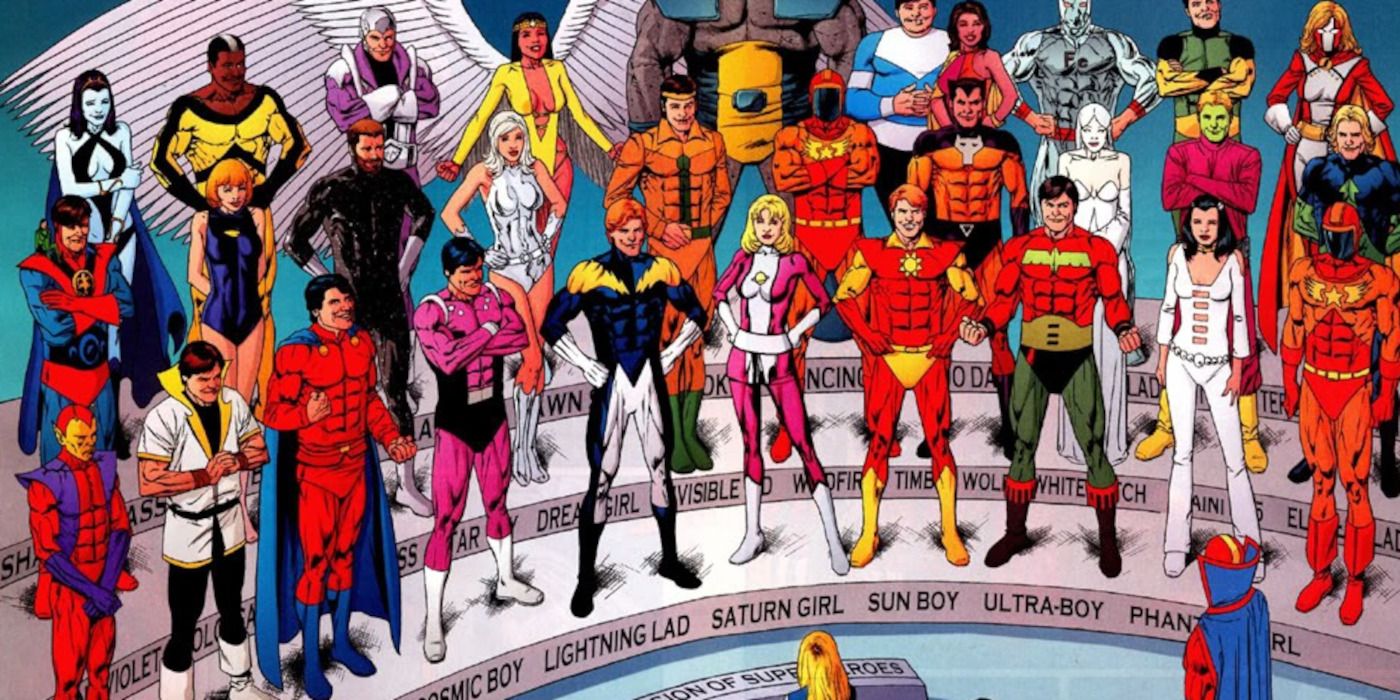
What separates the Legion of Superheroes from their Golden Age antecedents and makes them so influential is two things — none of them are sidekicks and Superboy, the teenage Clark Kent, was a member. They were the first group of wholly original teenage superheroes and would forge a legacy all their own.
The Legion of Superhero is one of the largest teams in comic history, boasting more active members than any other. They hugely influenced every teen superteam that came after them, even if their continuity got a little wonky from DC's tendency to reboot its history.
5 The Avengers Brought Captain America Back To Comics, Among Other Things
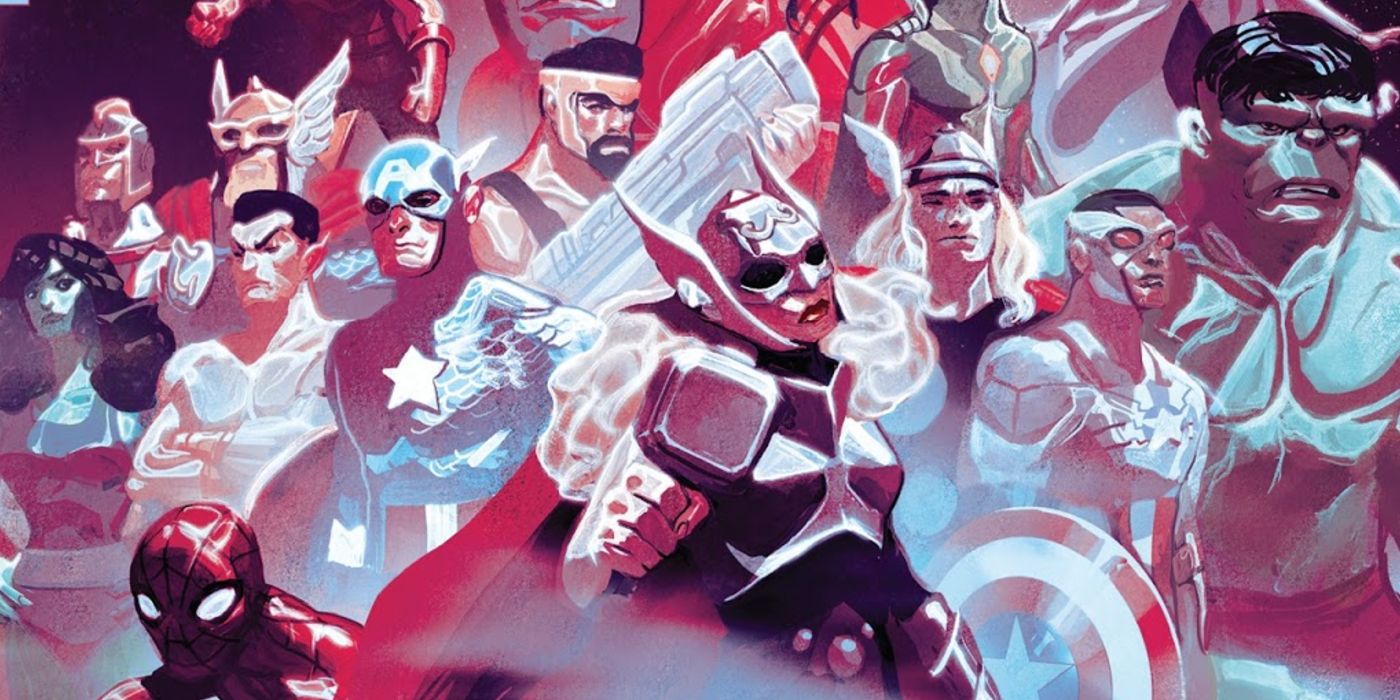
The Avengers are known as Earth's Mightiest Heroes, with a roster boasting Marvel's premiere superheroes. As far as it goes, the Avengers aren't a terribly original idea, as comic companies had been putting their biggest heroes together for years. They were, however, a factor in Marvel's Silver Age success and had some famous firsts that would change comics in the years to come.
To begin with, the team reintroduced Captain America to the Marvel Universe, a move that would give the publisher its most inspirational hero back. After that, it would be the first team to feature reformed villains, as Cap recruited Hawkeye, Scarlet Witch, and Quicksilver for the team. In more recent years, they have become one of the biggest pop culture juggernauts in the land.
4 The Fantastic Four Kicked Off Marvel's Silver Age
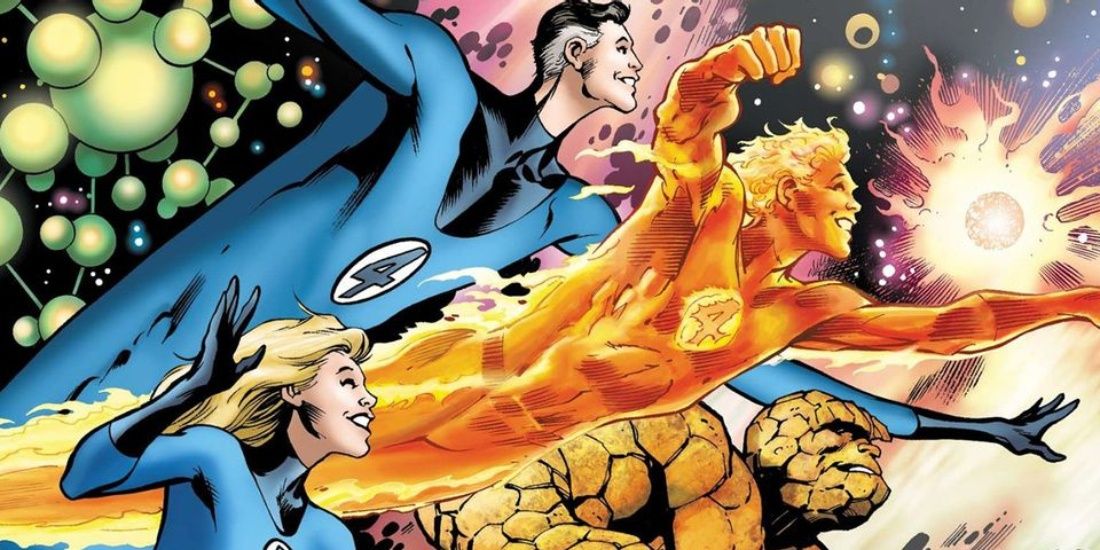
Before Stan Lee and Jack Kirby's Fantastic Four #1, Marvel was publishing Western, monster, and romance comics. That comic represented a sea change at the publisher and introduced the titular team to the world. The top of the cover called the book "The World's Greatest Comic Magazine," and it would live up to that appellation throughout the Silver Age.
The Fantastic Four showed off Lee and Kirby's approach to superheroes, combining grounded, fallible heroes with mind-bending sci-fi craziness. Over the years, fans have gotten some amazing stories from the Fantastic Four. The team may not be as popular as it once was, but they changed the way readers saw superhero teams in the years that followed.
3 The X-Men Rose From The Ashes To Become Comics' Biggest Team
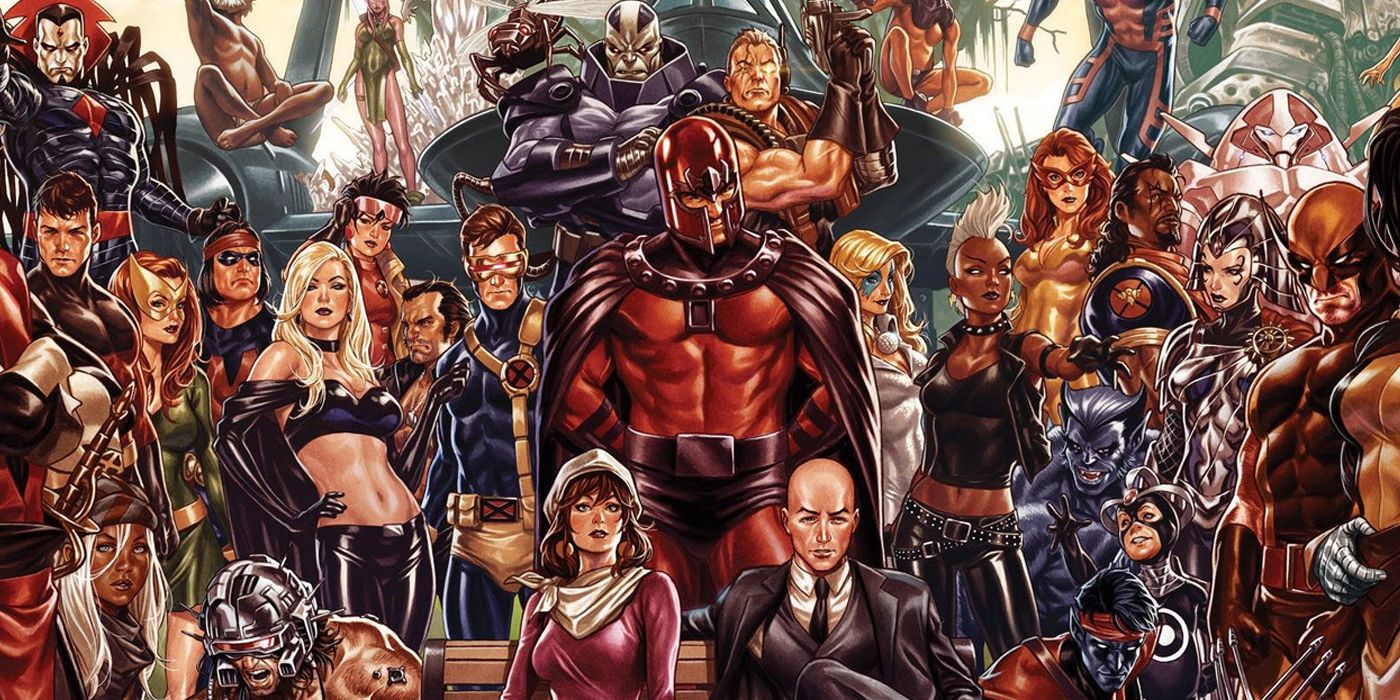
The saga of the X-Men is full of ups and downs. While modern fans know it as the premiere mutant team with some of the best characters in comics, when the X-Men first debuted, they were definitely the black sheep of the Marvel family. The book was reduced to a reprint comic for years until Giant-Size X-Men #1 — by writer Len Wein and artist Dave Cockrum — came along and made the team great again.
Writer Chris Claremont would join X-Men as writer with issue #94; the book would soon be rechristened Uncanny X-Men and become the best-selling book in the land. Since then, the X-Men have stayed on top almost continuously, making a mark on pop culture that no other Marvel franchise did until the MCU and producing the biggest line of related books in comic history.
2 The Justice League's Success Is Indirectly Responsible For Marvel Comics
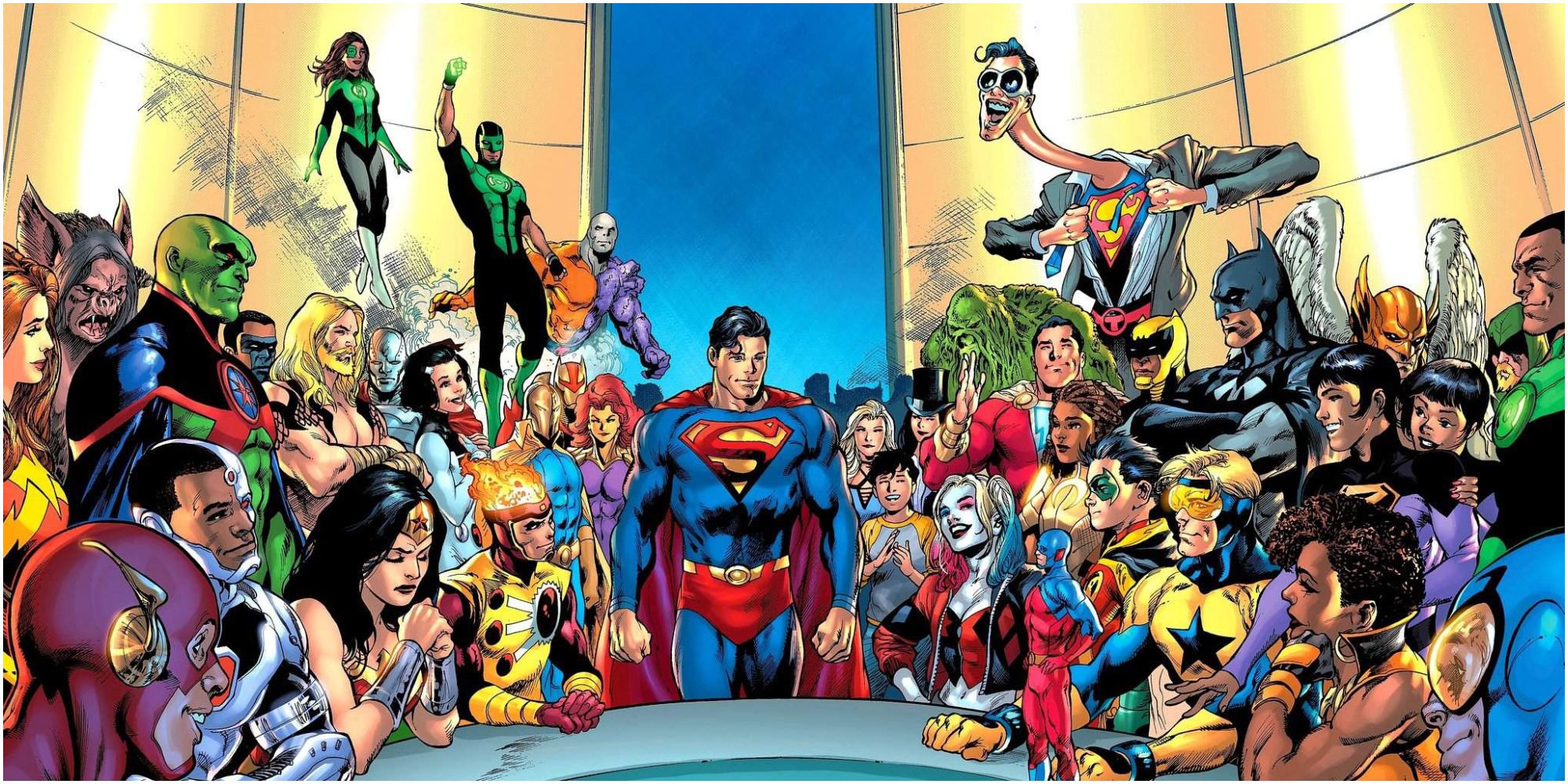
The Justice League, much like the Avengers, aren't exactly a new concept, but that doesn't negate how influential they've been. The Justice League was the biggest superhero team of the early Silver Age. Its success is what spurred Marvel publisher Martin Goodman to enlist Stan Lee and Jack Kirby to bring the company back into the superhero game.
Beyond that, the Justice League was the first big superteam to crossover with their Golden Age ancestors and engaged in the multiversal shenanigans Silver Age DC is known for. The Justice League supplied readers with some amazing stories over the years and is one of the biggest superhero teams ever.
1 The Justice Society Of America Set The Course For Every Superteam That Came After It
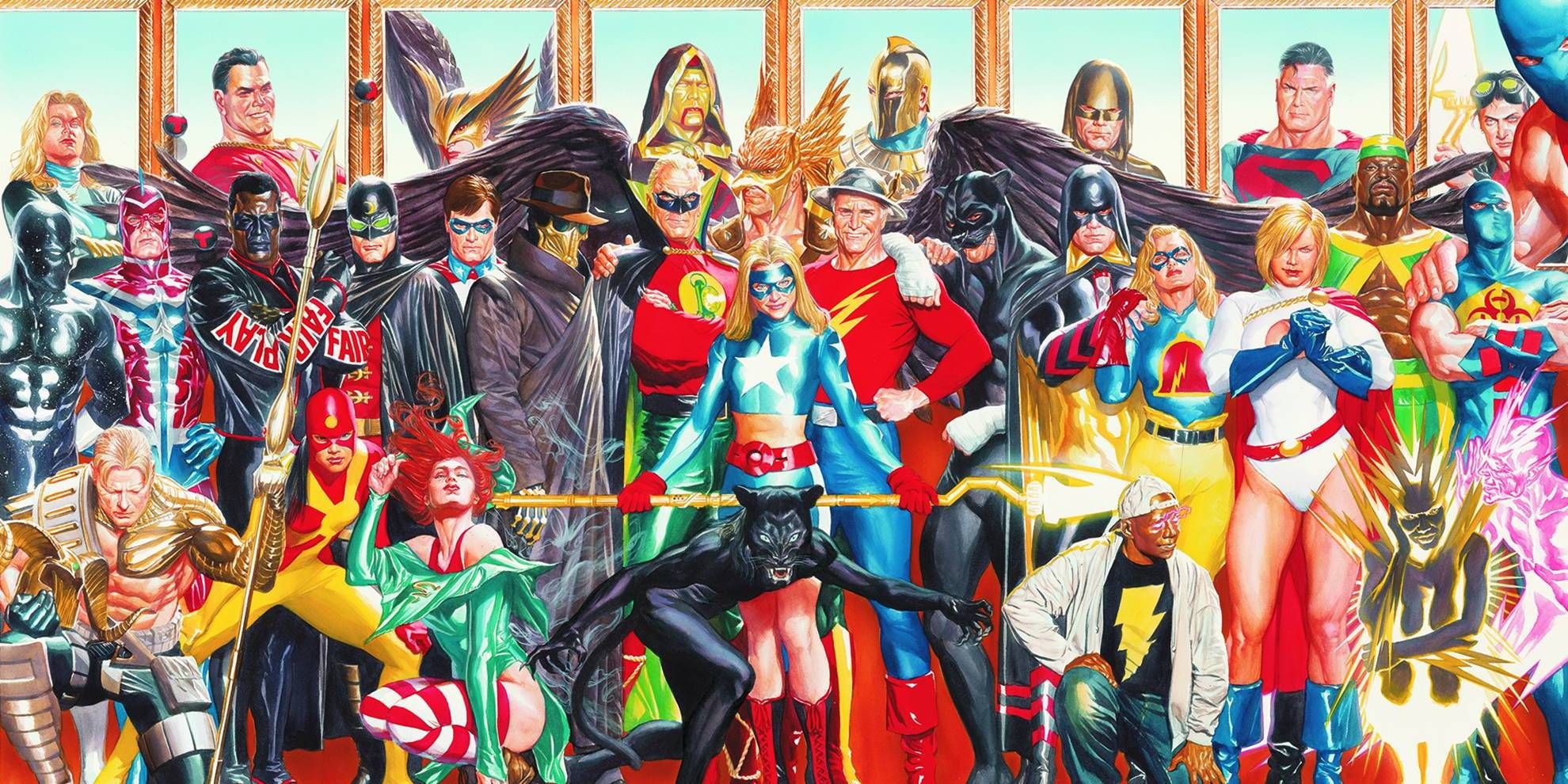
DC was the hottest publisher around during the Silver Age. Then known as National Comics, they put together their greatest heroes — Green Lantern, the Flash, Wildcat, Doctor Fate, Hawkman, Sandman, and Black Canary — into one group, and the Justice Society of America was born. Superman, Batman, and Wonder Woman would later join the team, and the rest is history.
The JSA codified the approach that every comic publisher after it would take to making a superhero team. They're an integral part of the DNA of every team and survive to this day, combining the most powerful heroes to fight the biggest threats.
Source: Trendz OH
No comments:
Post a Comment